Phil Hill on Photography and Filmmaking
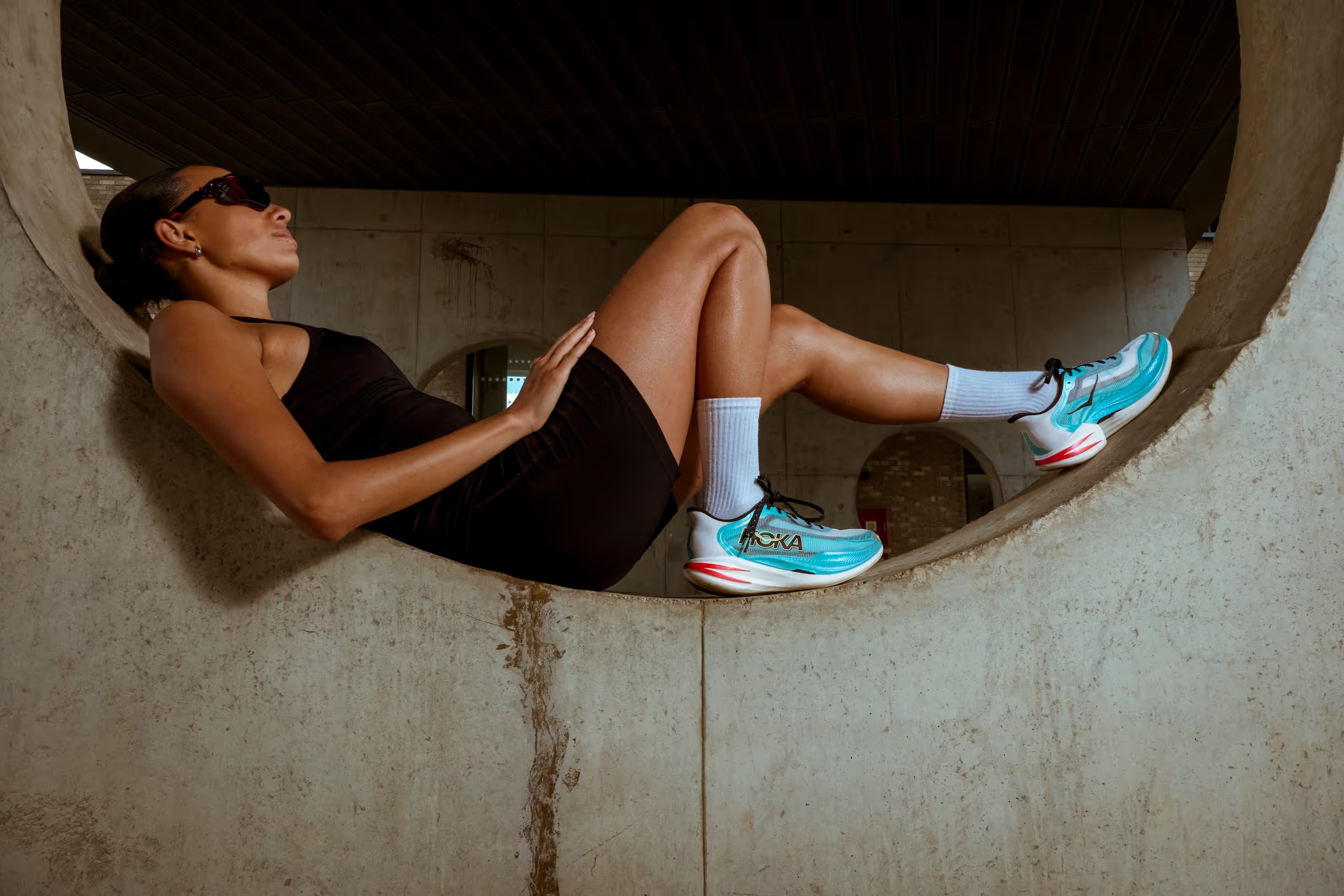
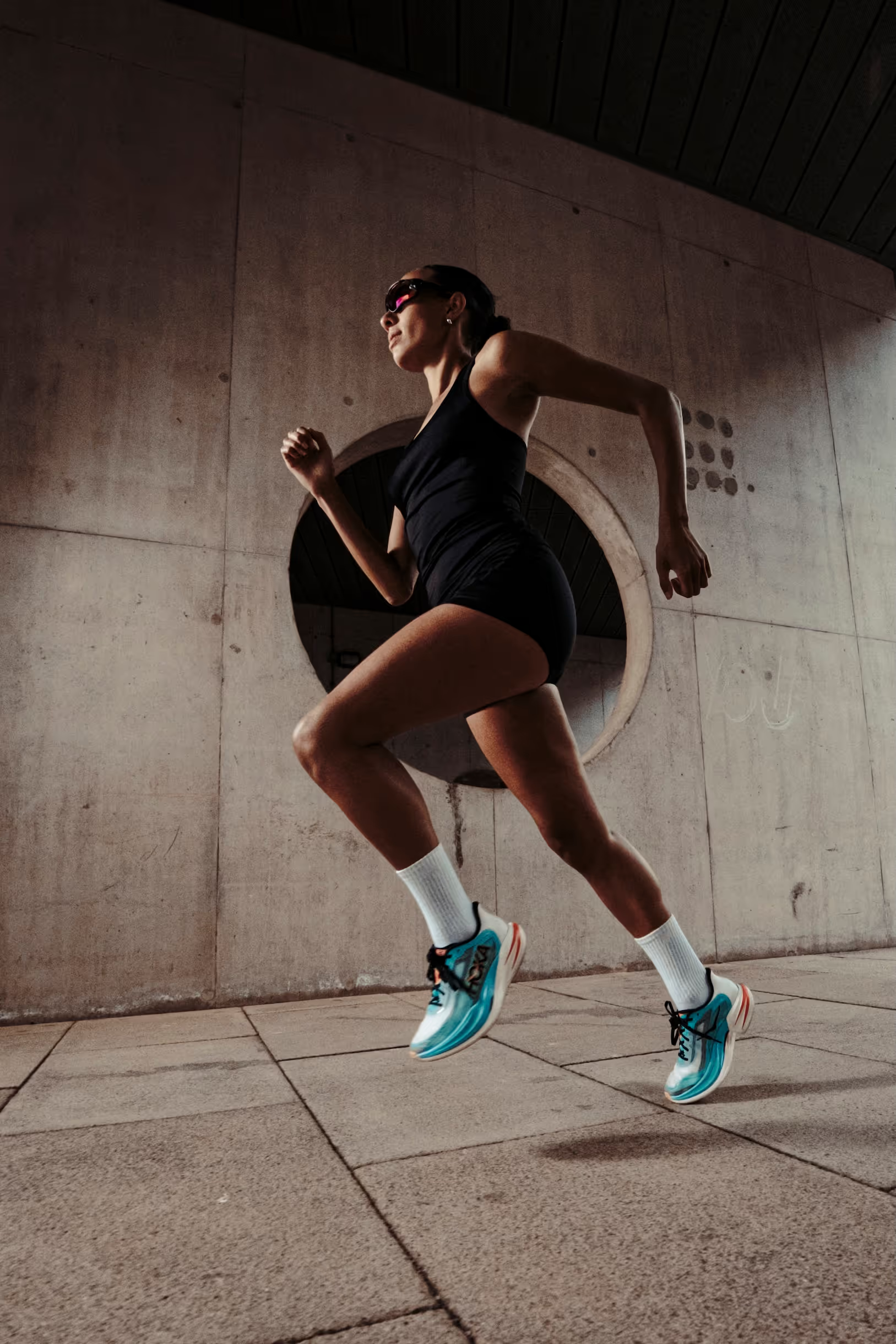
Phil Hill is a commercial photographer and filmmaker, specialising in sports and adventure lifestyle imagery. We first met at a Maverick race and quickly became fans of his ability to capture the beauty of running, cycling, swimming, and adventure. Here, Phil shares with us his journey into photography as well as his approach to his professional work.
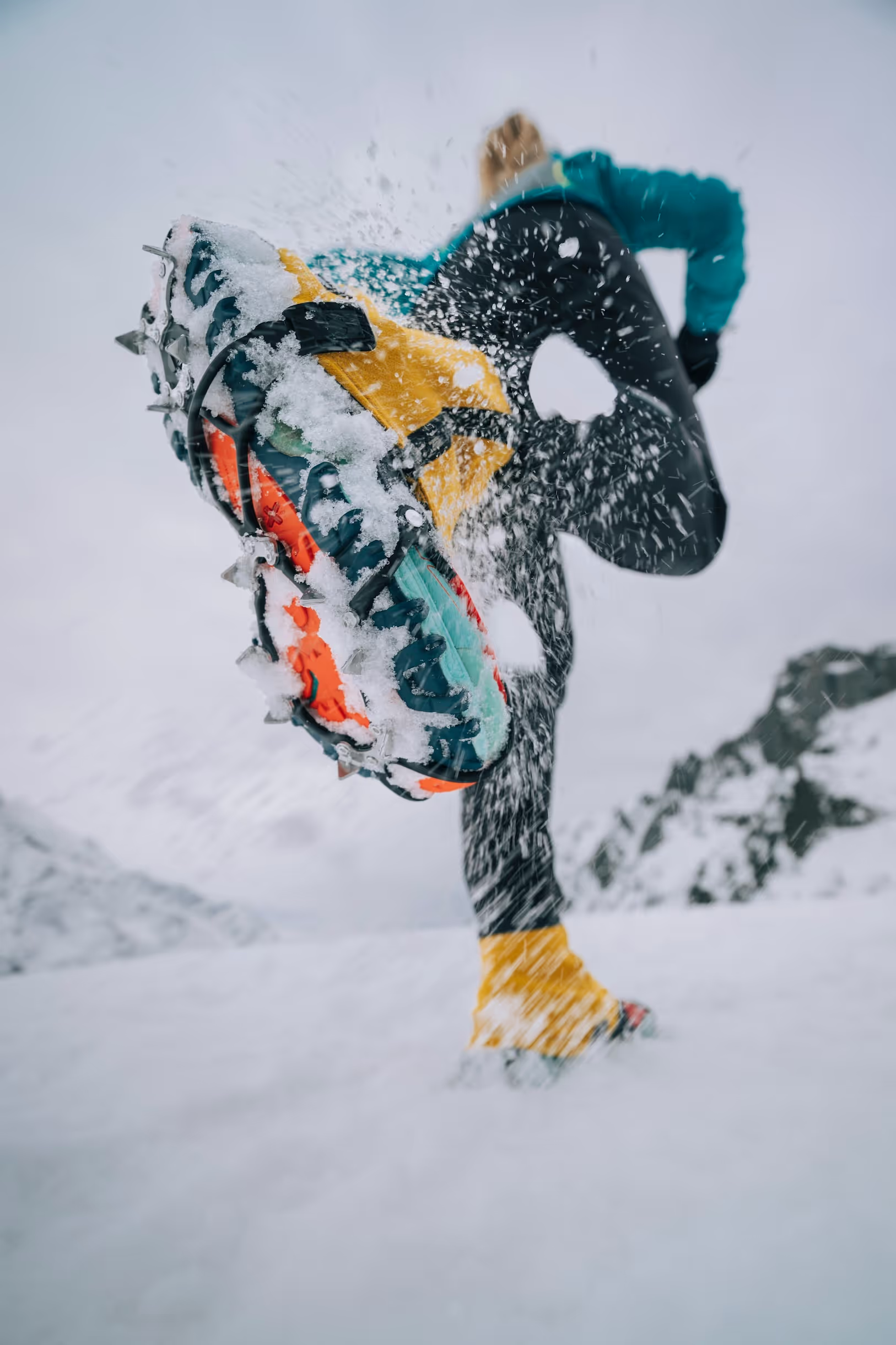





Hi Phil, you led a design agency before becoming a full-time photographer and filmmaker. What was that transition like?
It was hard work. I left the agency I’d set up and run with a friend for 12 years, knowing it was time for a new challenge—but I didn’t have a solid plan for what that would look like. I still had a mortgage to pay, a wedding on the horizon, and hopes of starting a family, so I knew it had to work—and quickly.
For the first couple of years, I worked in a hybrid way—still taking on design jobs from long-standing clients while building the photography side of the business. It kept money coming in while I found my feet.
I threw myself into the running scene, shooting constantly to build muscle memory and figure out my style. Most nights, after my wife went to bed, I’d stay up doing online courses or falling down YouTube rabbit holes—watching videos at 1.5x speed to absorb as much as possible, as fast as I could.
I started shooting for Maverick Races, which helped me meet a lot of people and opened new doors. One of my longest-standing clients actually came from one of those events—so in many ways, it doubled as a networking opportunity.
At a coworking space, I met a videographer, and that conversation sparked my journey into directing and documentary work. I love the creative side of video and bringing stories to life—though editing isn’t for me. Thankfully, I’ve built a great team who help make the films shine.
The last 10 years have been filled with long hours and a fair amount of stress, but also some incredible moments. I wouldn’t change it for the world.

"There’s something powerful about capturing grit and determination, seeing athletes push with everything they’ve got, against the odds."
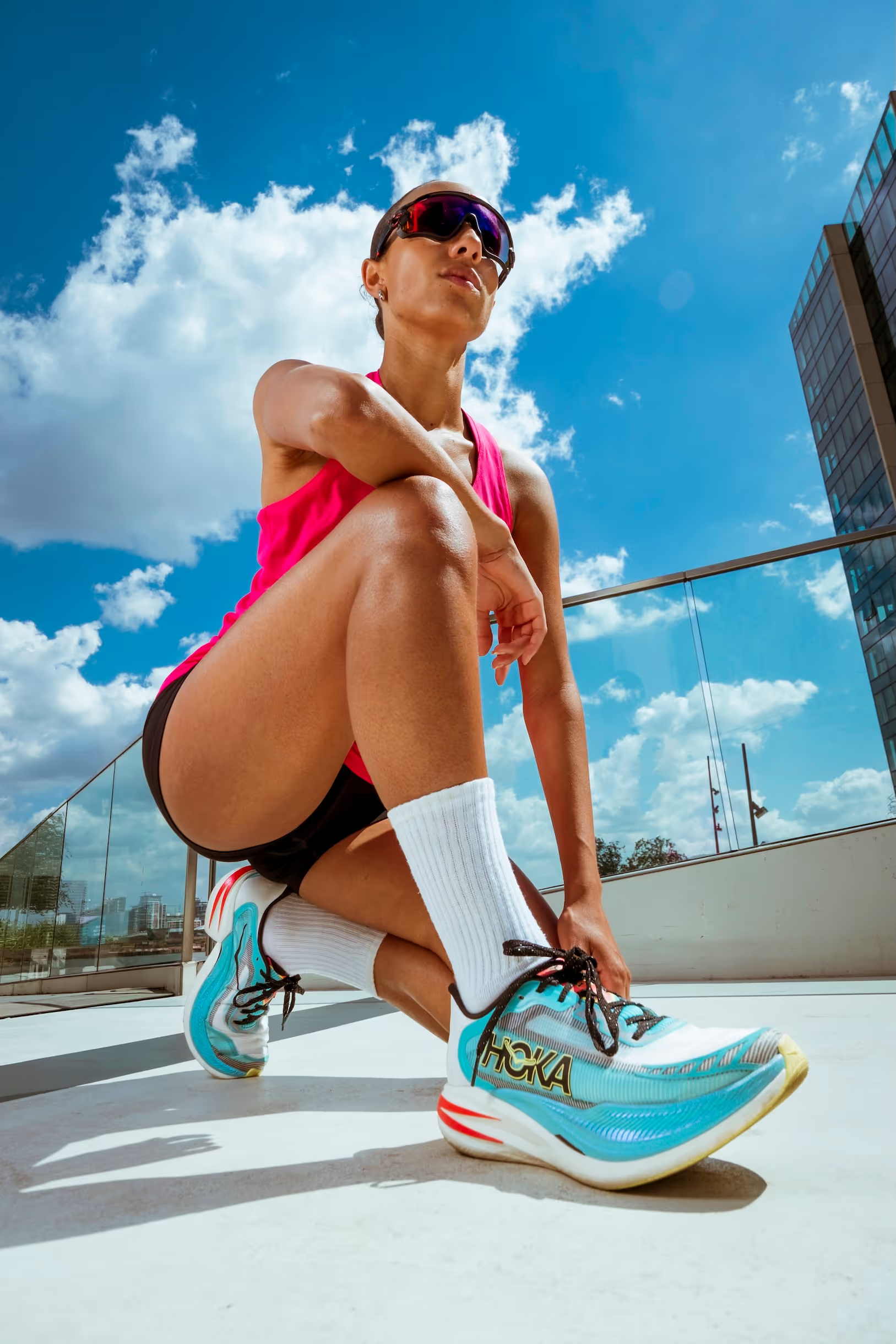




Could you tell us about your first experiences with photography?
I grew up in the ’80s, and my dad had a Canon AE-1. I was always messing about with it, taking photos—that’s the camera I learned on. After I finished my A-levels, a friend of mine was moving back to Australia, and her dad had loads of old Canon gear he didn’t want to take with him. He gave it to me, and I went wild experimenting—playing around with creative shots and just seeing what I could do.
I ended up studying graphic design at university, which eventually led to setting up the design agency. But looking back, every uni project I did involved a camera—I’d always start with photos and then apply graphics to them. In hindsight, I probably should’ve just done a degree in photography!
What is your favourite type of project to work on?
Tough question! I’ve always loved underdog stories—there’s something powerful about capturing grit and determination, seeing athletes push with everything they’ve got, against the odds. Add some mountains or ocean into the mix, give me a bit of creative freedom with lighting, and I’m in my element.
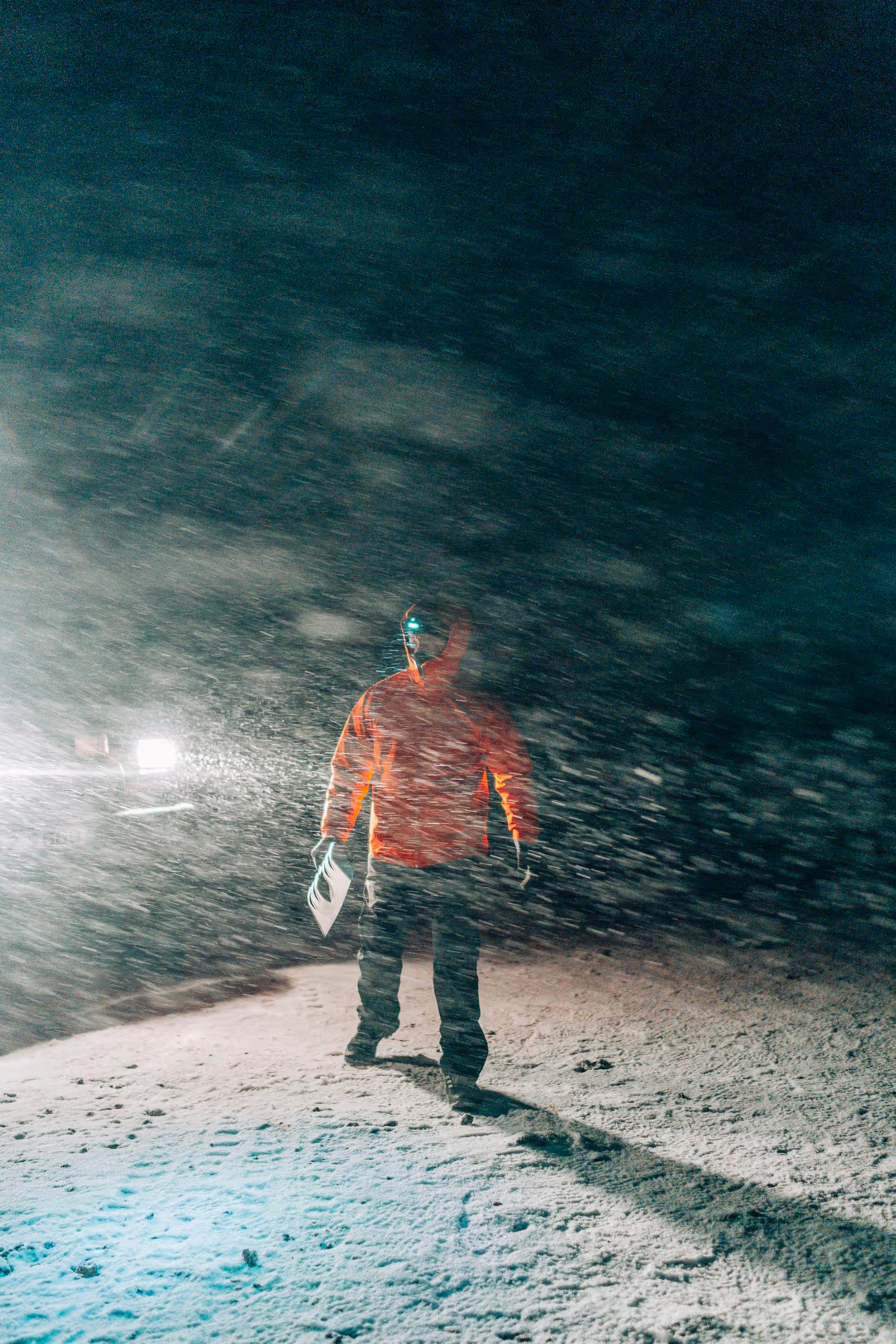
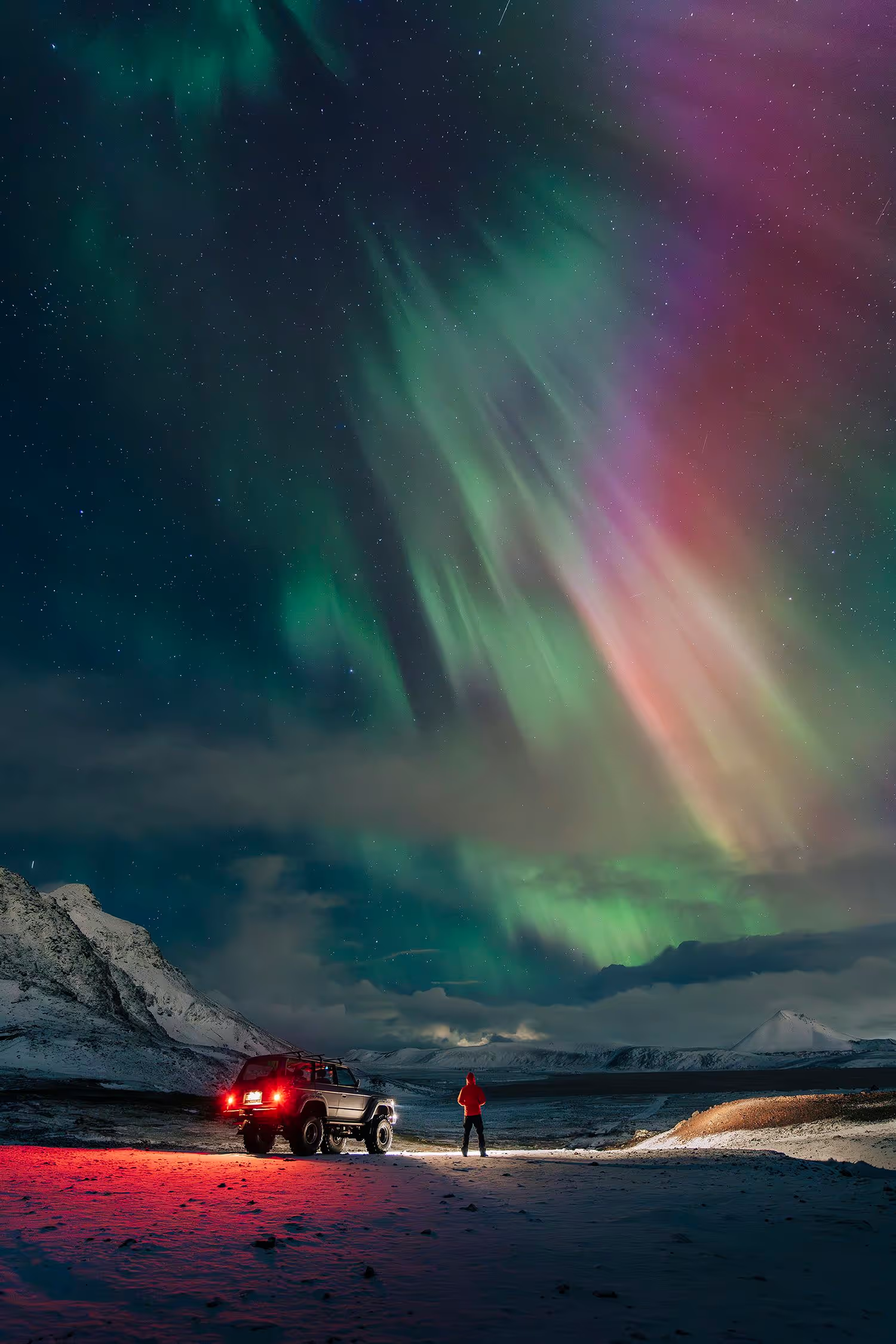
What do you aim to express in your images?
I want my images to inspire people to push themselves. It might sound cheesy, but over the last 10 years I’ve met so many people who’ve gone far beyond their comfort zones. What they achieve through running often goes way beyond the sport—it spills into everyday life, giving them the strength and resilience to face whatever comes their way.
What’s in your camera bag for a typical on-location shoot on the trails?
Typically I’d be carrying my Sony A7iv, Tamron 35-150, Tamron 17-28 2.8, Sony 35mm 1.4, Samyang 85mm 1.4, backup Sony a7c, Godox v1 Pro speed light, trigger for off camera flash, loads of batteries, loads of spare cards, waterproof cover, spare clothing for all weather, snacks, water, phone charger and cable. Finally sunscreen these days - I finish every summer season looking like a matchstick as my face and neck are so brown.
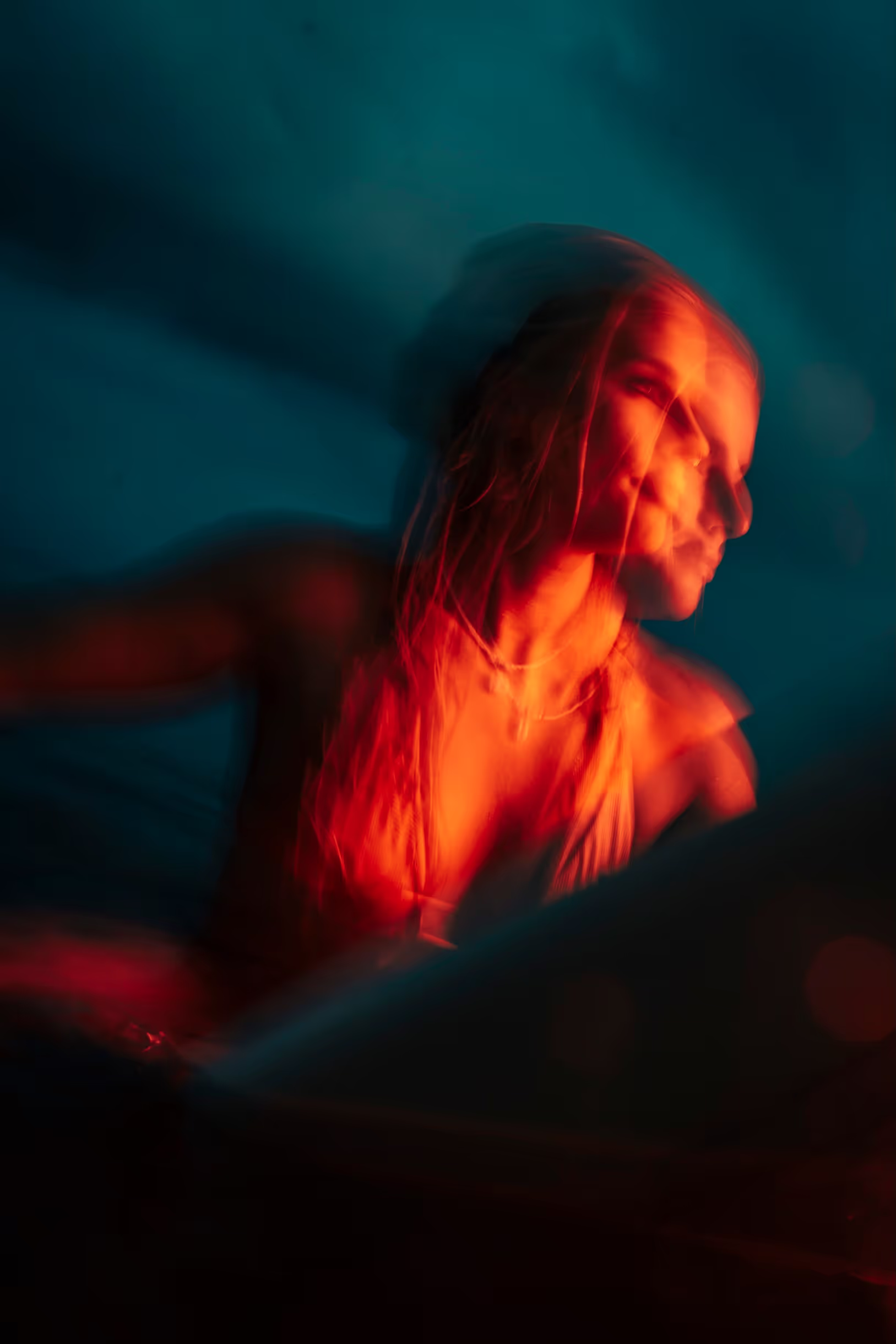
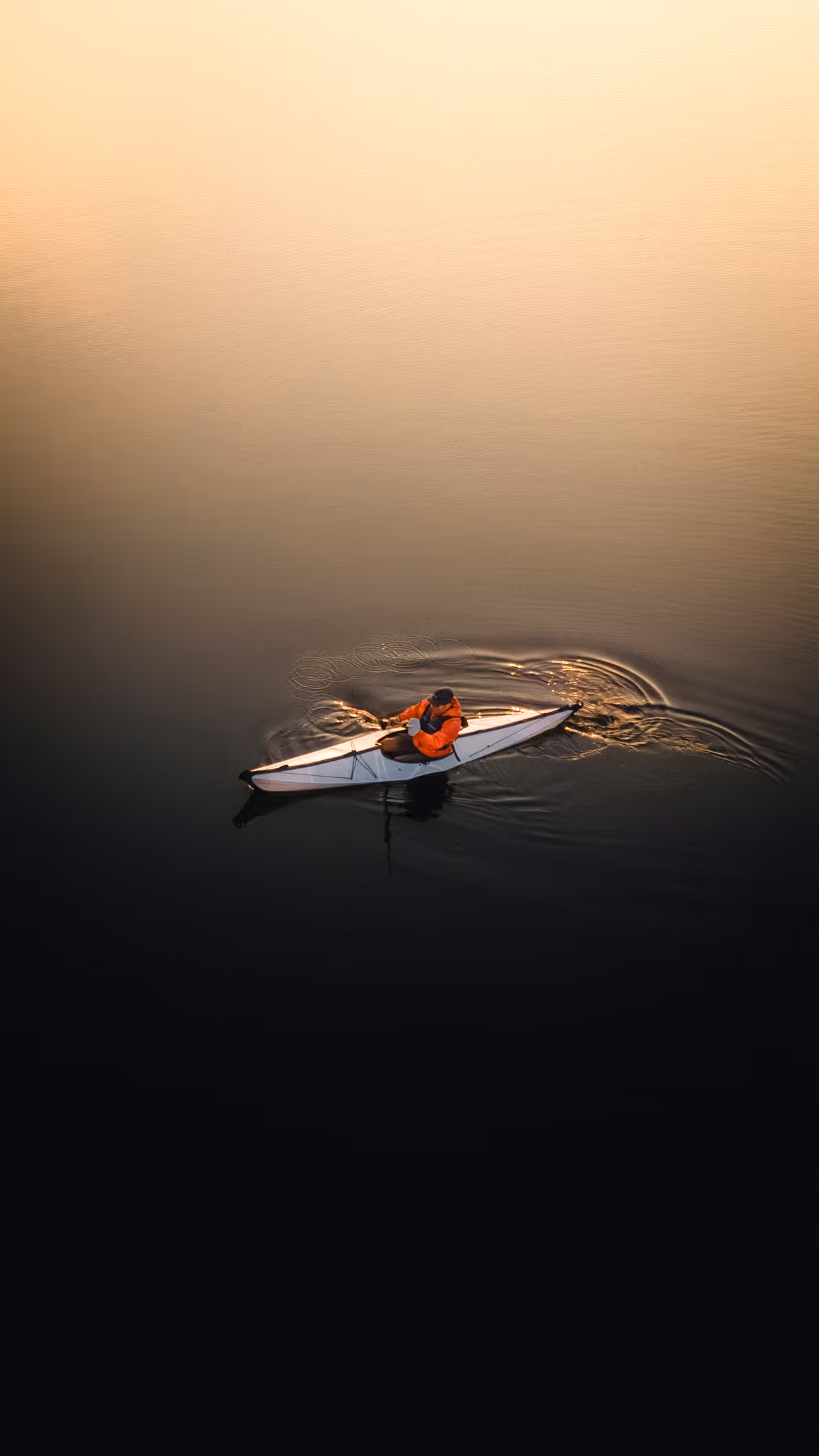
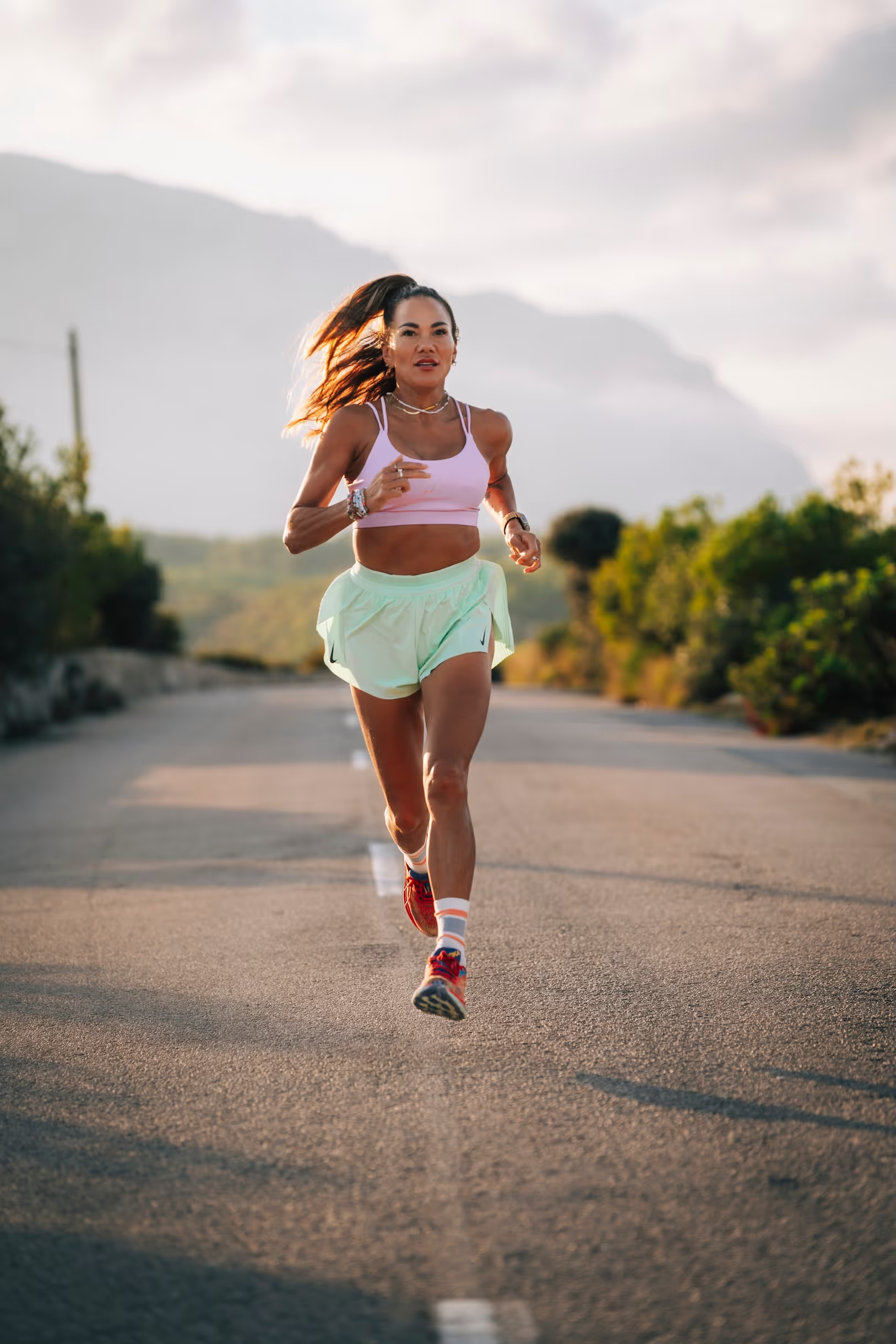
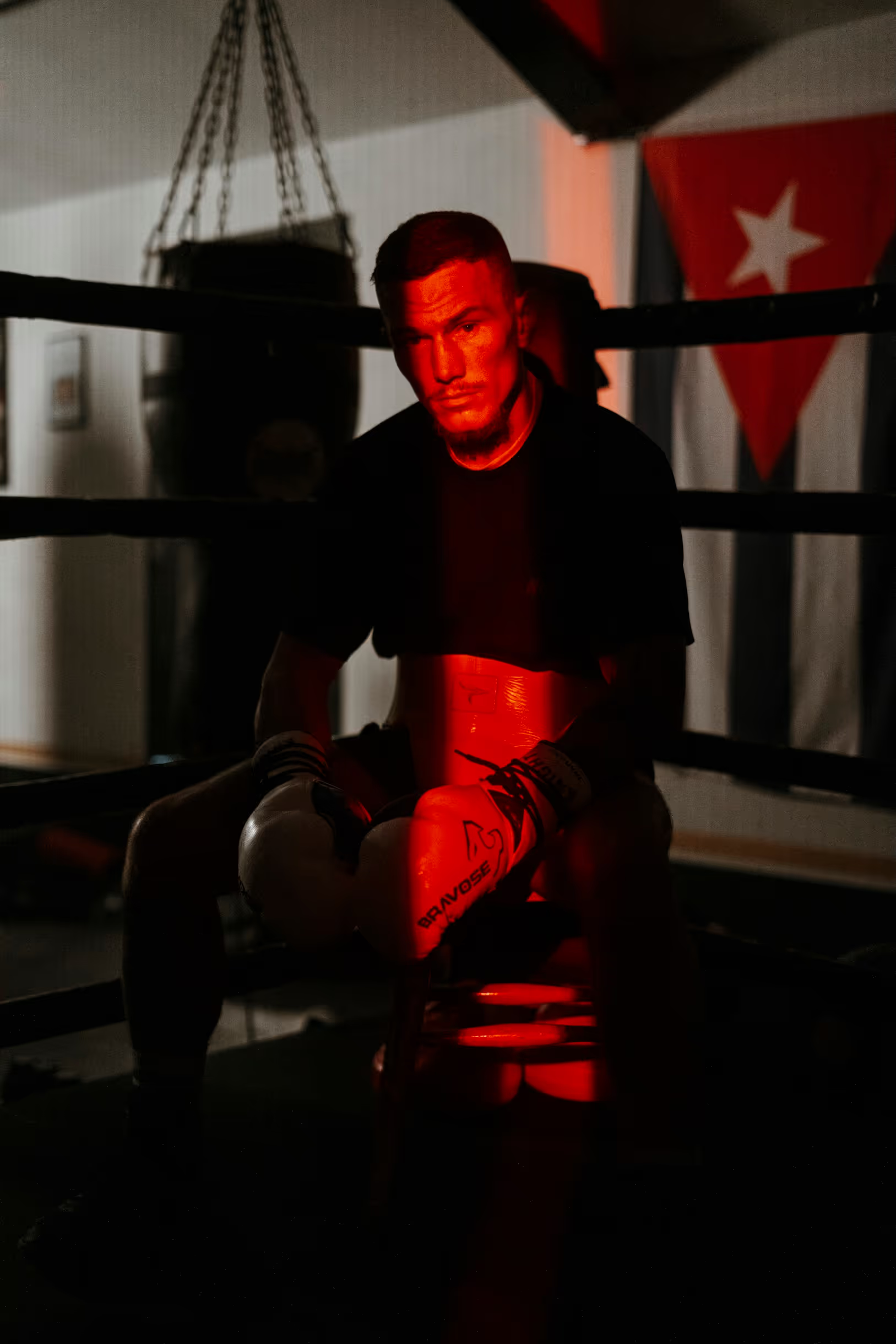
You’ve made some beautiful short films that really capture the human narrative within the outdoors, could you tell us about your approach to filmmaking and storytelling.
I’m always part of a team on these films—it’s definitely a collective effort. Most of the time, we’re working on stories where it’s not a given the athlete will succeed. If finishing the race or breaking the record is guaranteed, it’s less interesting. What really draws me in is working with someone who’s had to overcome struggle, who’s stepping up to something that genuinely pushes them. That’s where the real story lives.
It makes a huge difference when we can spend time with the athlete before filming—just talking, understanding their story, what’s driving them, why they’ve chosen this challenge, and why now. These conversations help them feel more comfortable and help us tell something honest. Showing deep empathy, understanding what they’re about to go through, and staying calm throughout the process brings out details that might otherwise go unsaid.
There’s also an art in letting things breathe. You don’t need to fill every second with sound—sometimes silence is the most powerful thing.
Emotions can run incredibly high in these adventures. I always say to the athlete: we’re here to capture the highs, but also the lows. And if there’s ever a point where they need space or don’t want the camera there, we’ll respect that—if they say switch it off, we switch it off. So far, no one’s asked us to, but I’ve definitely been in moments where you’re very aware of not pushing too far.
One athlete made me laugh—they said, “As long as you don’t film me shitting myself, we’re all good.”

Is there a particular project that you are most proud of and why?
Film-wise, one project I’m especially proud of is a short film I made about a friend, exploring wild swimming and mental health. It was a passion project and the first film I’d ever shot myself (though I didn’t do the edit). It ended up winning a bunch of film awards, which was a huge moment for me.
On the commercial side, the Peloton film stands out. It was our biggest production at the time—and easily the toughest. We were filming in 50-degree heat in Death Valley, and I was juggling multiple roles: part of the support crew, run pacer, shooting both film and photos, all on no sleep for over two days. It was brutal, but incredibly rewarding.
Photography-wise, a shoot I did for Disney last year was a real milestone. It was completely different to what I usually do—big crew, lots of clients on set, and a much more structured environment than my usual low-key, up-a-mountain kind of shoots. I was proud of how it turned out. The clients were really happy, the crew was amazing, and it felt good to push myself outside my usual comfort zone.

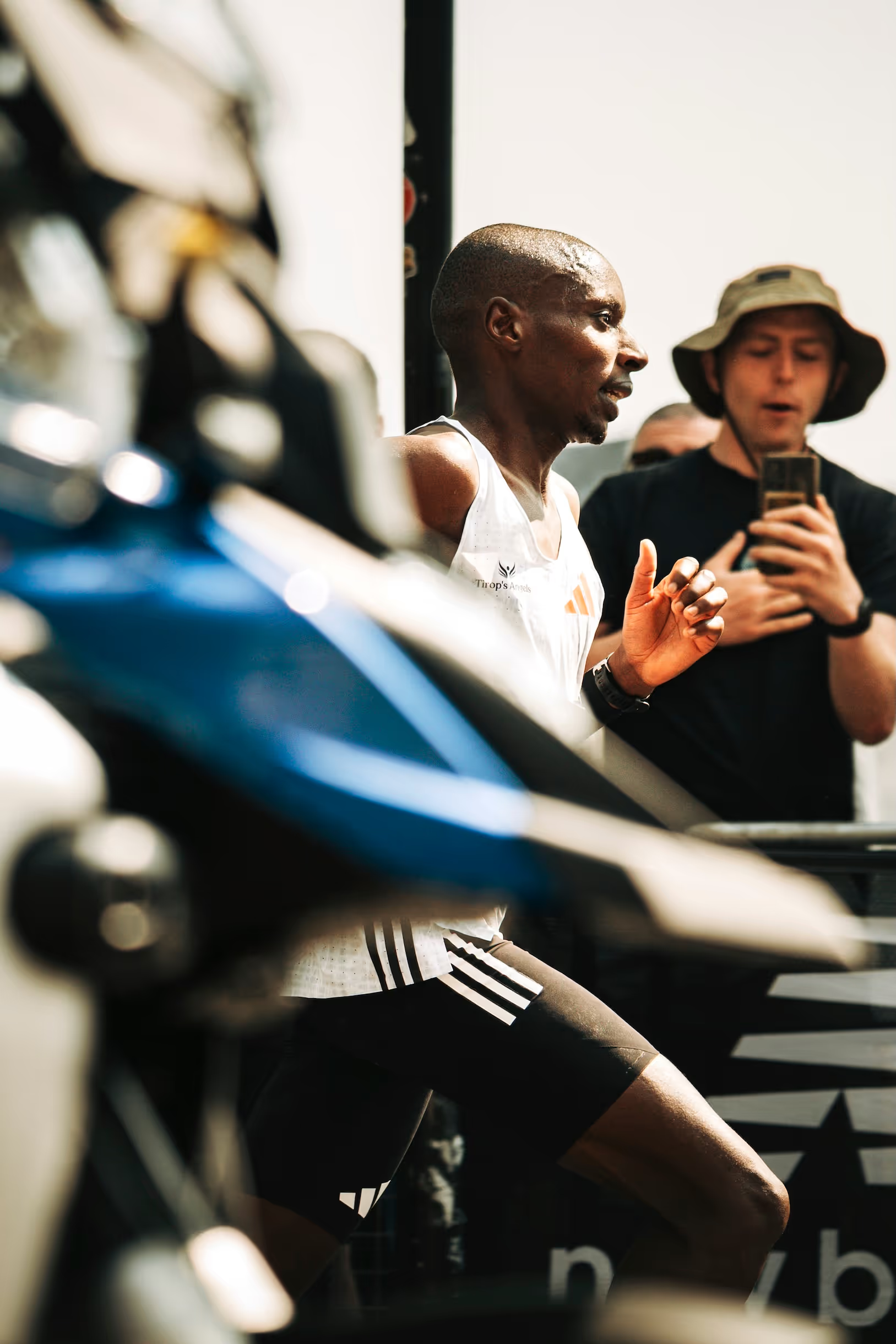

What are you working on at the moment?
I’m about to shoot a Japanese running race called an Ekiden. It’s a massive event in Japan, but this is only the second year it’s being held in the UK. Off the back of the race, we’re putting on a photo exhibition at the House of Fuji in London, sponsored by both the Financial Times and Fuji. I’ve got a load of new Fuji kit to play with at the moment and will be shooting the entire event on their gear, which I’m really excited about.
---
Follow Phill on Instagram @the_phbalance
Visit Phil's website: www.thephbalance.co.uk
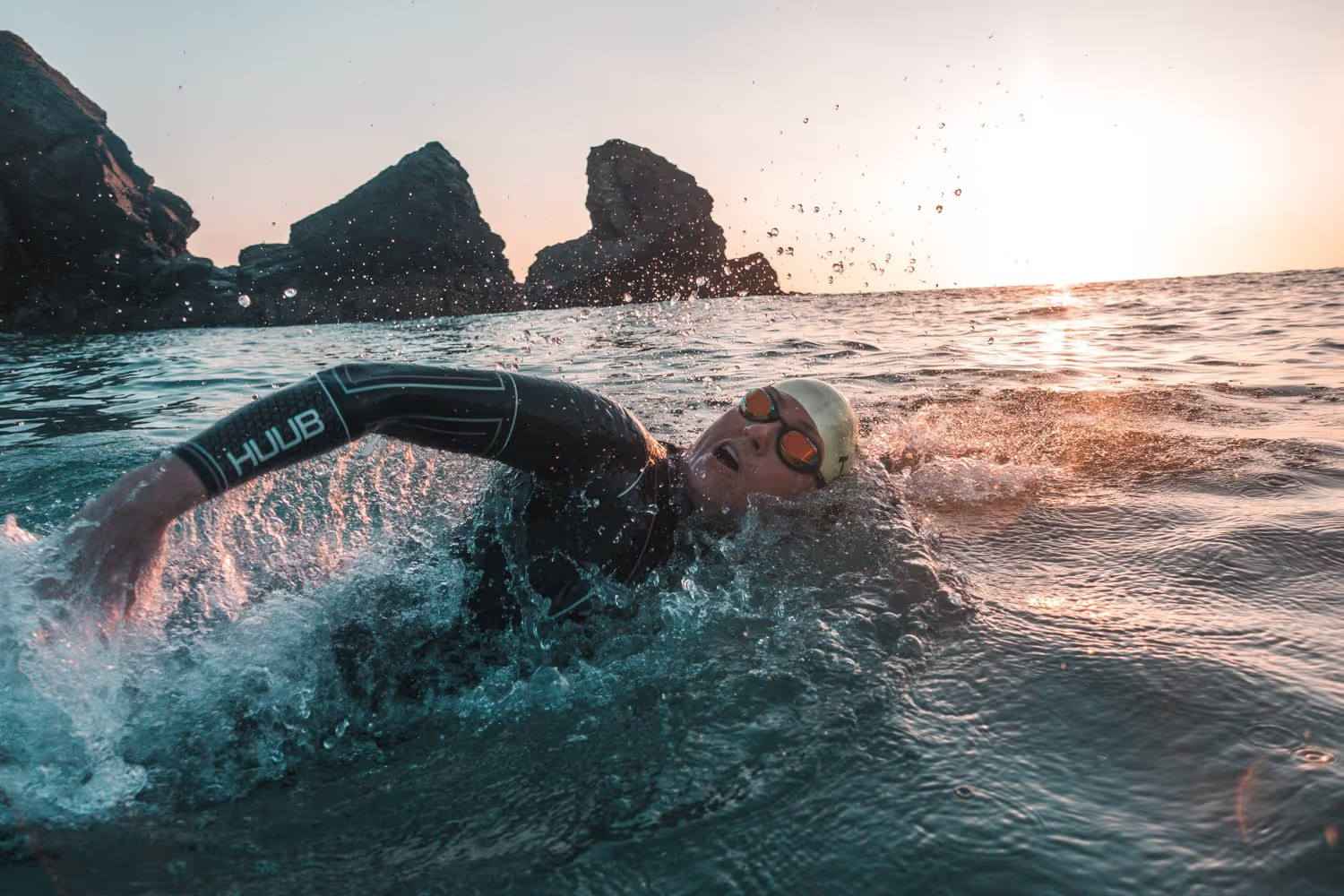
.svg)
